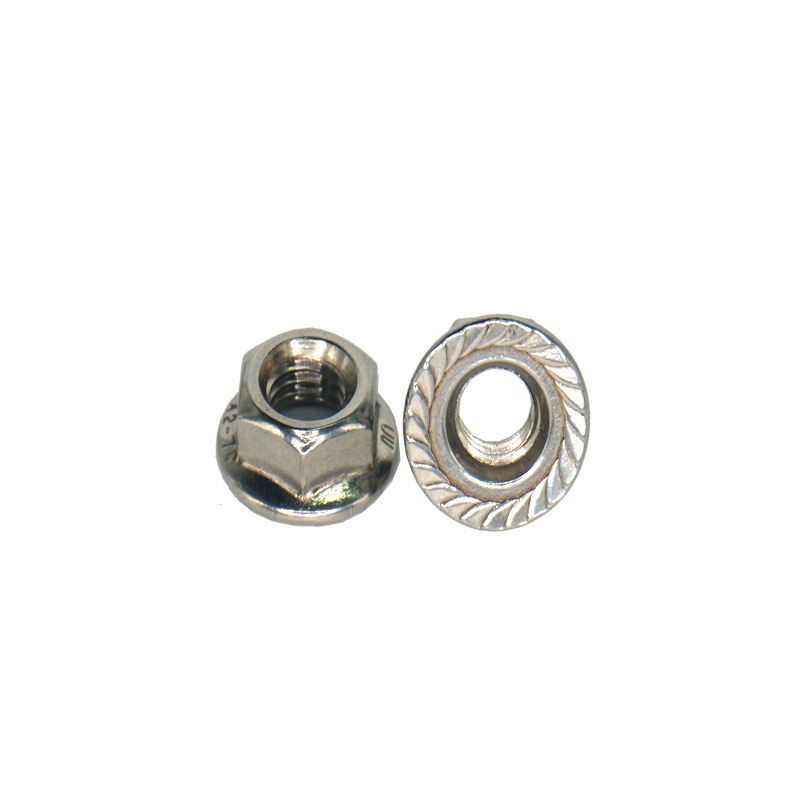

self drilling screw sizes
Nov . 22, 2024 06:40 Back to list
self drilling screw sizes
Understanding Self-Drilling Screw Sizes A Comprehensive Guide
Self-drilling screws are a vital component in construction and various DIY projects, known for their ability to drill their own pilot holes, allowing for faster and easier installation. These screws are commonly used in metal applications, roofing, and siding, among other materials. Understanding the different sizes and specifications of self-drilling screws is crucial for ensuring structural integrity, effectiveness, and safety in any project.
What are Self-Drilling Screws?
Self-drilling screws, often referred to as Tek screws, come with a sharp drill point that eliminates the need for pre-drilling holes. They can penetrate various materials, including metal and wood, making them highly versatile. The key features of these screws include their ability to create a threaded hole as they are driven in, allowing for a secure fit without additional tools.
Sizes and Specifications
Self-drilling screws are available in a variety of sizes, typically categorized by their diameter, length, and thread type
. Here’s a breakdown of these key specifications1. Diameter The diameter of a self-drilling screw is measured in gauge, with common sizes ranging from 6 to 14. The size indicates the thickness of the screw; for instance, 8 is thicker than 6. The choice of diameter often depends on the material being fastened and the load it needs to support.
2. Length Self-drilling screws come in various lengths, generally from 1/2 inch to over 3 inches. The length required will depend on the thickness of the materials being joined. It is essential to choose a length that ensures adequate penetration without excessive protrusion.
self drilling screw sizes

3. Thread Type Self-drilling screws can have different thread types, including coarse and fine threads. Coarse threads provide greater grip in softer materials like wood, while fine threads are better suited for harder materials such as steel. Choosing the right thread type is vital for ensuring the screw holds effectively under load.
4. Drill Point The drill point of a self-drilling screw is classified by its type and size. Type A points are common for sheet metal, while Type AB points are suitable for thicker materials. The drill point's design dictates how easily the screw can penetrate the material, affecting the installation speed and efficiency.
Selecting the Right Screw
When selecting self-drilling screws for a project, it is essential to consider the following factors
- Material Match the screw to the material you will be working with. Use stainless steel screws for outdoor projects to prevent rusting. - Load Requirements Determine how much weight the screw will need to support. Heavier loads may require larger diameter screws or multiple screws for support.
- Environmental Conditions Consider the conditions the screws will be exposed to, such as moisture or extreme temperatures, which can impact the screw's longevity and performance.
In conclusion, understanding self-drilling screw sizes is crucial for any construction or DIY enthusiast. By familiarizing yourself with the specifications, you can ensure the right screw is used for every application, enhancing the durability and safety of your projects. Always consult product specifications and seek expert advice when in doubt to achieve the best results.
Latest news
-
High-Strength Hot Dip Galvanized Bolts - Hebei Longze | Corrosion Resistance, Customization
NewsJul.30,2025
-
Hot Dip Galvanized Bolts-Hebei Longze|Corrosion Resistance&High Strength
NewsJul.30,2025
-
High-Strength Hot-Dip Galvanized Bolts-Hebei Longze|Corrosion Resistance&High Strength
NewsJul.30,2025
-
Hot Dip Galvanized Bolts-Hebei Longze|Corrosion Resistance&High Strength
NewsJul.30,2025
-
Hot Dip Galvanized Bolts - Hebei Longze | Corrosion Resistance, High Strength
NewsJul.30,2025
-
High-Strength Hot Dip Galvanized Bolts-Hebei Longze|Corrosion Resistance, Grade 8.8
NewsJul.30,2025

